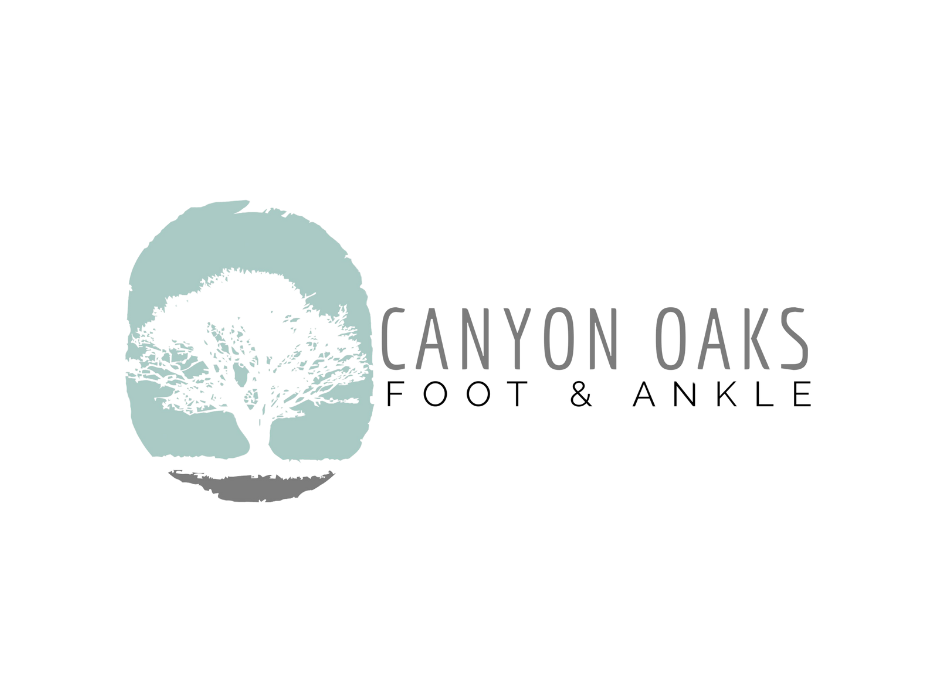Turf toe is a sprain of the main big toe joint. This particular sprain happens when the big toe is forcibly bent into hyperextension. Usually, this type of hyperextension happens when runners are pushing off the ground to sprint.
These types of sprains became especially common in American football players when the first versions of artificial turf became more common playing surfaces. These early versions of “astro turf” is far less forgiving than grass or other modern versions of artificial turf. As such, the toe would hyperextend more easily because the ground beneath it did not have as much give as grass.
Although often associated with football, turf toe has been reported in other sports.
What causes turf toe?
Turf toe can occur in any sport where the forefoot is planted to the ground, the heel is raised, and the big toe is over extended.
As artificial surfaces are typically less shock absorbant than grass, these injuries are more likely to occur on turf than sod. Additionally, athletic shoes designed for artificial surfaces are usually softer and more flexible. While this provides athletes with more agility, they provide far less stability in the forefoot.
What are the symptoms of turf toe?
Symptoms of turf toe vary depending on the extent of your injury. Possible symptoms include:
- Pain or tenderness in the front of your foot
- Front foot swelling
- Bruising
- Limited big toe mobility
- Dislocation
- Your big toe becomes non-weight bearing
Treatment and Prevention
For cases where an injury has occured recently, the RICE protocol is hightly reccomended:
- Rest
- Do not engage in any sports related activities and avoid walking or putting weight on your foot.
- Ice
- Use cold packs in 20 minute intervals, multiple times a day. Do not apply ice directly to the skin, as this can cause frostbite.
- Compression
- Wear an elastic compression bandage to reduce swelling.
- Elevation
- Recline when you rest so as to reduce swelling. Ideally, your foot should be resting above your heart when fully extended.
In addition to the RICE protocol, anti-inflamatory pain medication, such as ibuprofen, can provide symptom relief.
Depending upon the severity of your injury, you may want to speak with your foot and ankle specialist.
One way to prevent turf toe from occuring is to wear shoes with better toe and forefoot support to keep the toe joint safe. You may also want to consider taping your big toe and the joint surrounding your forefoot to help provide additional support.
Get Help Now
Please complete the form below and we will be in touch with you within 1 business day.
